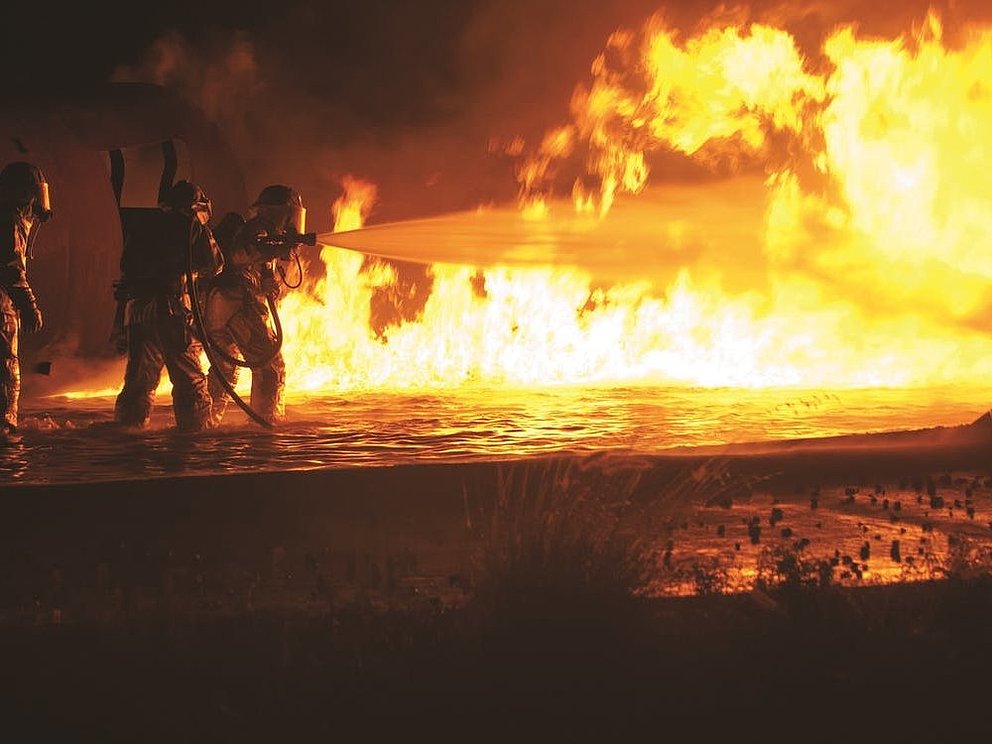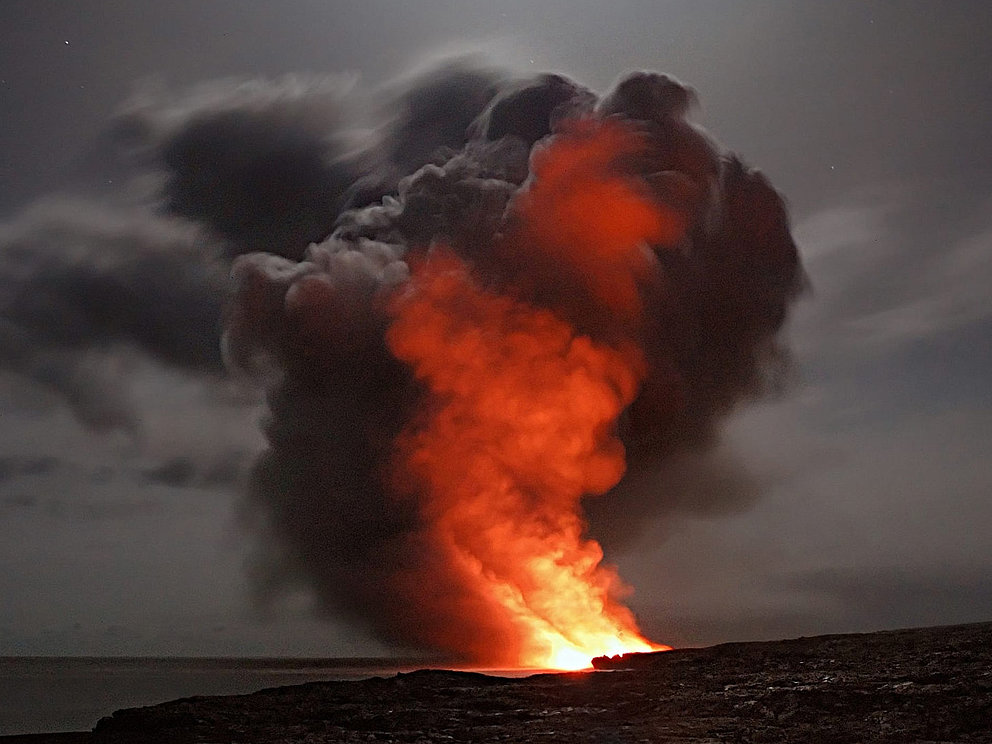
About PerFluSan
Network
PerFluSan is a ZIM cooperation network and is supported by the BMWi as part of the Central Innovation Program for SMEs.
Backgrounds and Motivation
Perfluorinated and polyfluorinated tensides/surfactants (PFTs) are anthropogenic substances used extensively by the industry because of their properties (e.g. water, dirt and grease repellent), causing past and present emissions. Due to their persistence, bioaccumulation and toxicity, PFTs in the environment pose a considerable problem.
Besides diffuse pollution there are numerous findings of PFC at local scale across Germany. The use of aqueous film-forming foams (AFFF) is one of the main reasons for the occurrence of PFC in Germany. In the Federal State of North Rhine-Westphalia an inventory of PFC pollution in soil and groundwater has shown that both the number of cases and the number of counties and cities affected is constantly rising. Rather often, but not exclusively, military sites are especially affected. The German military has contributed to the overall PFC problem (in and around military sites) mainly by using AFFF for decades in routine fire training or real deployments at military installations across the country. As of today, some 100 sites are actually contaminated or are suspected of being contaminated are listed. Unfortunately, occurrence of PFC contamination is not limited to relatively small areas and properties. For example, the long-term use of perfluorooctanoic acid (PFOA) in a Bavarian industrial park has led to a large-scale pollution of soil and water with PFOA. With an area affected of more than 200 square kilometers, this is the largest PFOA pollution case in Germany. These examples clearly show that PFC may lead to irreversible contaminations once emitted to the environment, thus causing high socio-economic costs and threats to man and the environment.
Based on the characteristics and origin of already known cases of damage, it is expected that many more contaminated sites will be discovered in the future. These include the following potential sites
- almost every airport used for civilian or military purposes
- numerous refineries, tank farms, chemical and petrochemical industrial plants with on-site fire brigades
- fire brigade locations (fire-fighting exercises)
- areas on which contaminated waste from various industrial branches has been underplouded in the context of so-called soil improvement measures.
Currently available approaches for the remediation of PFT-contaminated soils and waters (e.g. high-temperature combustion, landfill, pump-and-treat operations) are inefficient, expensive and in certain cases harmful to the environment. Thus, there will be a considerable research demand for new (cost-) efficient remediation methods in this area.
A major environmentally critical input path is created by the use of PFT-containing extinguishing foams (AFFF foams), which to date have no alternatives for certain applications. There is an immense need for research into fluorine-free alternative surfactants, extinguishing foams and suitable application techniques.
Publikation
Birke et al., Occurrence, Distribution, Analysis, Toxicology and Remediation of Perfluorinated Pollutants in Germany, CleanUp 2019
Download Abstract als PDF
Applications of PFT
Mainly due to their coating properties (e.g. colour, grease, oil, water and dirt repellent) and their high chemical and biological resistance, PFTs are used industrially in the following areas:

Fire-extinguishing agents
(film-forming extinguishing foams, AFFF, for aircraft and fuel fires; due to the hydro- and lipophobic, rapidly draining and low emulsifying effects)



Textile and sporting goods industry
(e.g. water-repellent and breathable outdoor textiles, impregnating agents, carpets)

Paper and packaging industry
(dirt-, fat- and water-repellent papers; e.g. baking paper or food packaging such as pizza boxes and paper cups)

- New ex situ and in situ methods for soil remediation
- New processes for the treatment of PFT-contaminated waters, including extinguishing waters
- New analytical methods such as PFT online analytics and PFT quick-release tests
- Powerful alternatives to fluorine-containing AFFF extinguishing agents to reduce this central PFT entry pathway
- Leader position of German stakeholders in the field of PFT environmental technology
- Application of internal expertise in other industries
- Application of external expertise for product development
- Improvement of skills
- Expanding field of innovation and competitiveness
- Increase of popularity level
- Networking with industrial partners
- Opening up new sales markets
- R&D potential analysis for network partners
- Management of innovation processes
- Preparation of R&D project outlines and applications for funding
- Project controlling
- Support in the development of marketing concepts
- Public relations
- Management of contractual obligations
- Maintaining contacts with standardization institutions
- Concept development to ensure network sustainability